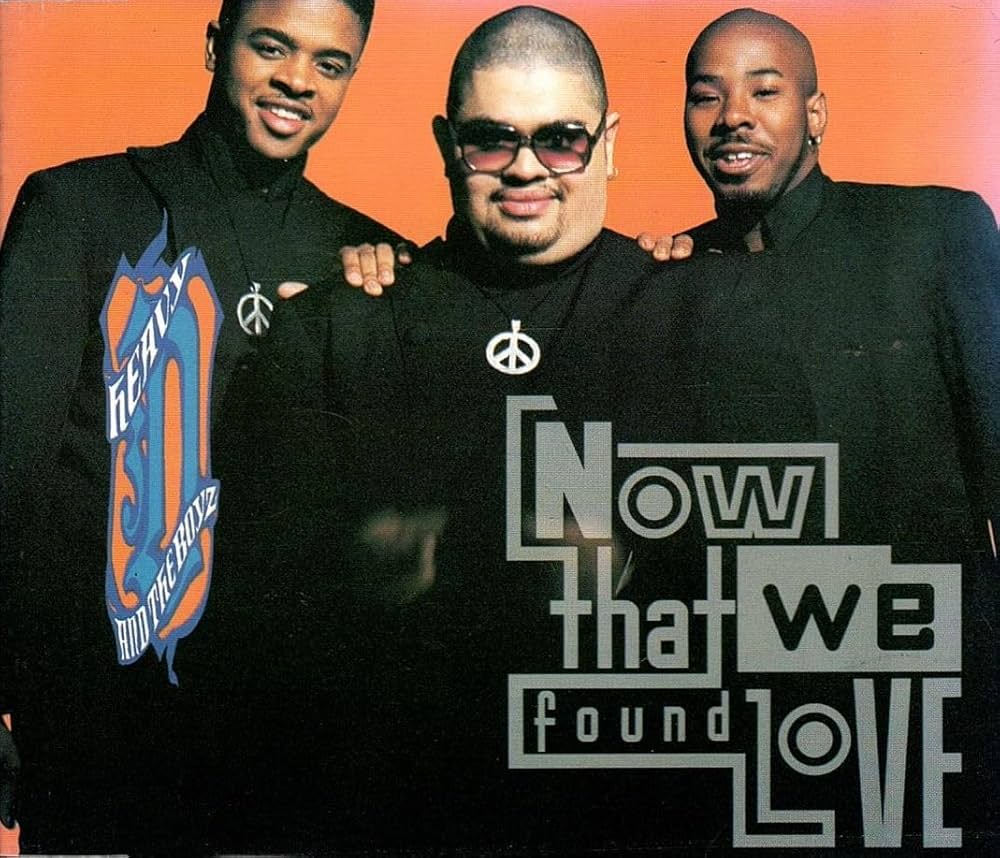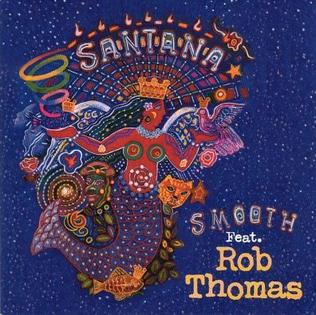 Released in 1996 as part of Mellon Collie and the Infinite Sadness, Smashing Pumpkins’ “1979” remains one of the band’s most enduring and culturally resonant tracks. Far more than just a nostalgic reflection on adolescence, the song captured the essence of suburban ennui, youthful rebellion, and the fleeting, bittersweet nature of growing up. Billy Corgan, the band’s frontman and primary songwriter, masterfully blended lyrical introspection, innovative production techniques, and a dreamy alternative rock aesthetic to create a track that resonated with fans across generations. “1979” wasn’t merely a hit single; it became a defining voice for a generation grappling with the complexities of adolescence, suburban monotony, and the ephemeral moments that define youth.
Released in 1996 as part of Mellon Collie and the Infinite Sadness, Smashing Pumpkins’ “1979” remains one of the band’s most enduring and culturally resonant tracks. Far more than just a nostalgic reflection on adolescence, the song captured the essence of suburban ennui, youthful rebellion, and the fleeting, bittersweet nature of growing up. Billy Corgan, the band’s frontman and primary songwriter, masterfully blended lyrical introspection, innovative production techniques, and a dreamy alternative rock aesthetic to create a track that resonated with fans across generations. “1979” wasn’t merely a hit single; it became a defining voice for a generation grappling with the complexities of adolescence, suburban monotony, and the ephemeral moments that define youth.
The conception of “1979” was rooted deeply in Corgan’s personal memories of adolescence. Born in 1967, Corgan grew up in suburban Chicago, a setting that profoundly influenced the song’s thematic core. The lyrics evoke a sense of longing and reflection, capturing the universal feelings of nostalgia, restlessness, and discovery that accompany teenage life. The song opens with an evocative line that instantly situates listeners in a landscape of suburban streets, late-night drives, and fleeting adventures. These details resonate on both a personal and universal level, inviting listeners to reflect on their own formative experiences.
Musically, “1979” marked a departure from the heavier, more aggressive sound that characterized Smashing Pumpkins’ earlier work, such as Siamese Dream. The track employs a more subdued, melodic approach, combining alternative rock with elements of electronic and shoegaze textures. Layered guitars, subtle drum machines, and atmospheric synths create a hypnotic, almost cinematic backdrop that mirrors the song’s themes of reflection and temporal displacement. The production choices highlight the tension between nostalgia and immediacy, evoking a sense of memory and dreamlike recollection that perfectly complements the lyrics.
The song’s opening guitar riff, simple yet instantly recognizable, sets the tone for its dreamy, introspective mood. Rather than relying on flashy solos or heavy distortion, Corgan opted for a restrained, looping pattern that evokes a sense of continuity and inevitability, much like the relentless march of time itself. The percussion, augmented by drum machines, contributes a rhythmic precision that contrasts with the song’s lyrical fluidity, grounding the track in a subtle, pulsating energy. This juxtaposition of structure and emotional openness is central to the song’s lasting appeal, offering both technical sophistication and emotional resonance.
Lyrically, “1979” thrives on its economy of language and evocative imagery. Lines such as “Shakedown 1979 / Cool kids never have the time” encapsulate the paradox of teenage life—the tension between desire for freedom and the constraints of circumstance. The lyrics balance specificity and universality, drawing from Corgan’s personal memories while crafting moments that listeners from diverse backgrounds can relate to. Themes of fleeting youth, suburban ennui, and the desire for escape permeate the song, creating a narrative that is both intimate and expansive. The chorus, deceptively simple, captures the bittersweet nature of nostalgia, inviting listeners to reflect on the passage of time and the fleeting intensity of adolescence.
Corgan’s vocal performance on “1979” further enhances the song’s emotional impact. His voice, simultaneously tender and slightly detached, conveys a sense of reflective melancholy that mirrors the lyrical content. The restrained delivery allows the lyrics and instrumentation to breathe, emphasizing the interplay between memory and emotion. This vocal approach was a deliberate departure from the more intense, cathartic style found on previous Smashing Pumpkins tracks, signaling a maturation in Corgan’s songwriting and an embrace of subtlety over spectacle.
The cultural impact of “1979” extended far beyond its musical composition. The song resonated with listeners in part because it articulated a shared experience—the universal longing for the simplicity, intensity, and impermanence of youth. Adolescents and young adults of the 1990s connected with the song’s depiction of suburban life, late-night adventures, and the tension between conformity and rebellion. Unlike overtly political or socially conscious tracks, “1979” captured the internal, emotional landscapes of adolescence, offering a mirror for listeners to explore their own memories, desires, and regrets.
The accompanying music video, directed by Jonathan Dayton and Valerie Faris, reinforced the song’s nostalgic themes. Filmed in suburban Chicago, the video follows a group of teenagers as they navigate streets, skate parks, and drive-ins, capturing the spontaneous, unstructured energy of youth. The visual style employs handheld cameras, natural lighting, and an observational perspective, lending the video a documentary-like authenticity. The interplay between the song’s sonic dreaminess and the visual depiction of real, everyday moments creates a compelling tension, emphasizing both the universality and specificity of adolescent experience. The video’s impact was immediate, cementing “1979” as a touchstone for a generation and influencing the aesthetic of music videos for alternative rock throughout the late 1990s.
Chart performance and critical reception further underscored the song’s influence. “1979” reached number 12 on the Billboard Hot 100, a significant achievement for an alternative rock band during an era dominated by pop and hip-hop. Critics praised the track for its lyrical depth, production innovation, and departure from the heavier sound of the band’s earlier work. Retrospective assessments consistently highlight “1979” as one of Smashing Pumpkins’ most iconic songs, noting its ability to evoke nostalgia, encapsulate adolescent experience, and blend musical sophistication with emotional accessibility.
The song also played a key role in shaping the identity and legacy of Mellon Collie and the Infinite Sadness. As part of the sprawling double album, “1979” provided a tonal counterpoint to the heavier, more aggressive tracks, demonstrating the band’s versatility and narrative breadth. Its inclusion highlighted Corgan’s songwriting range, blending introspective, melodic sensibilities with alternative rock foundations. The track’s mainstream success helped expand Smashing Pumpkins’ audience, bridging the gap between underground alternative scenes and popular radio, and solidifying their status as one of the defining bands of the 1990s.
One of the most compelling aspects of “1979” is its exploration of temporal perspective. The song simultaneously inhabits the past and the present, creating a reflective tension that mirrors the act of memory itself. Listeners are transported to a specific time and place, yet the song’s emotional resonance transcends historical specificity. This ability to evoke personal nostalgia while maintaining broader cultural relevance is central to the track’s enduring impact. Fans often cite “1979” as a song that perfectly encapsulates the bittersweet quality of adolescence—the thrill of newfound freedom, the intensity of fleeting friendships, and the inescapable passage of time.
The song’s legacy also extends into popular culture beyond the music charts. “1979” has been featured in films, television shows, and video games, often used to evoke the mood of teenage introspection or suburban life. Its inclusion in soundtracks highlights the track’s ability to convey complex emotional landscapes, enhancing visual narratives and connecting with audiences on a deeply personal level. Additionally, the song continues to be a staple of radio playlists, streaming platforms, and live performances, attesting to its timeless appeal and cultural significance.
From a musical standpoint, “1979” exemplifies the innovative use of production techniques in alternative rock during the 1990s. Corgan and producer Flood employed layering, sampling, and subtle electronic elements to craft a sound that felt both intimate and expansive. The song’s dreamy textures and precise rhythms demonstrate a careful attention to sonic detail, creating a listening experience that rewards repeated engagement. The interplay between organic instruments and electronic elements foreshadowed trends in alternative and indie music, influencing subsequent artists and reinforcing Smashing Pumpkins’ role as innovators within the genre.
Thematically, “1979” captures the tension between innocence and experience. The lyrics and sonic atmosphere convey both the excitement of exploration and the melancholy of impermanence. Adolescence is depicted as a liminal space, a moment of transition filled with possibility, confusion, and emotional intensity. By framing these universal experiences within a specific historical and suburban context, Corgan provides both personal specificity and universal resonance, allowing listeners to project their own memories onto the song while appreciating its authentic narrative foundation.
Live performances of “1979” further amplified its cultural impact. Smashing Pumpkins often included the song in setlists, and its melodic simplicity combined with lyrical depth made it a fan favorite. The track’s reflective tone provided a counterbalance to more aggressive or experimental songs in their repertoire, creating moments of emotional intimacy during concerts. Audience engagement during performances highlighted the song’s enduring popularity, with fans often singing along in unison, emphasizing its collective and communal resonance.
The enduring influence of “1979” is also evident in the work of other artists. The song’s exploration of suburban adolescence, melodic structure, and emotional nuance has inspired numerous musicians across genres. Elements of its production and lyrical approach can be traced in the work of indie rock, alternative, and pop artists who followed in the wake of Smashing Pumpkins’ 1990s prominence. The track’s ability to combine specificity and universality has become a benchmark for songwriting that seeks to capture the emotional texture of personal experience while resonating with broader audiences.
The song’s title, referencing a specific year, contributes to its nostalgic power. While “1979” is not a literal recounting of events from that year, the title evokes a temporal marker that frames the narrative of adolescence and suburban life. It suggests both historical specificity and personal memory, creating a tension between factual and emotional truth. This framing reinforces the themes of reflection, memory, and longing, situating the song within both personal and collective contexts. Listeners are invited to reflect on their own 1979—or any year of formative experience—bridging personal nostalgia with the cultural touchstones of the late 20th century.
Critics and scholars have noted that “1979” exemplifies Smashing Pumpkins’ ability to blend introspective lyricism with innovative production. The track’s success lies in its subtlety—the restraint of Corgan’s vocals, the nuanced instrumentation, and the carefully layered textures all contribute to a song that is emotionally resonant without being overwrought. This balance between accessibility and sophistication makes “1979” a defining example of 1990s alternative rock, capturing the era’s aesthetic sensibilities while addressing universal themes of memory, adolescence, and the passage of time.
The emotional resonance of “1979” also lies in its exploration of liminality—the space between childhood and adulthood, routine and adventure, conformity and rebellion. The song captures the ambiguity, intensity, and fleeting nature of adolescence, making it a touchstone for listeners navigating similar life stages. Its ability to articulate complex emotions with simplicity and clarity contributes to its timeless appeal, allowing new generations to connect with the track while maintaining its relevance to those who experienced it firsthand.
Ultimately, “1979” stands as a testament to the power of music to evoke memory, emotion, and cultural identity. It is more than a song; it is a capsule of experience, capturing the essence of suburban adolescence, youthful exploration, and the bittersweet passage of time. Its enduring popularity reflects both the skill of Billy Corgan as a songwriter and the broader cultural resonance of alternative rock in the 1990s. “1979” remains a track that speaks to listeners across generations, bridging personal memory and collective nostalgia through its evocative lyrics, innovative production, and timeless themes.
Smashing Pumpkins’ “1979” continues to captivate audiences because it combines universal emotional truths with a distinctly personal perspective. It is a song about memory, longing, and the ephemeral nature of youth, delivered through a sonic landscape that is simultaneously dreamy, precise, and intimate. The track exemplifies the band’s ability to blend introspection, innovation, and cultural commentary, making it a defining anthem of 1990s alternative rock and a timeless exploration of adolescence.
“1979” remains an enduring testament to the power of music to capture the fleeting, intense, and transformative moments of life. Its blend of lyrical nostalgia, melodic sophistication, and innovative production ensures that it continues to resonate with listeners, offering both a window into the past and a mirror for personal reflection. Smashing Pumpkins’ ability to articulate the complexities of adolescence while creating an emotionally compelling and sonically captivating track ensures that “1979” will remain a cornerstone of 1990s music and a beloved cultural artifact for generations to come.


